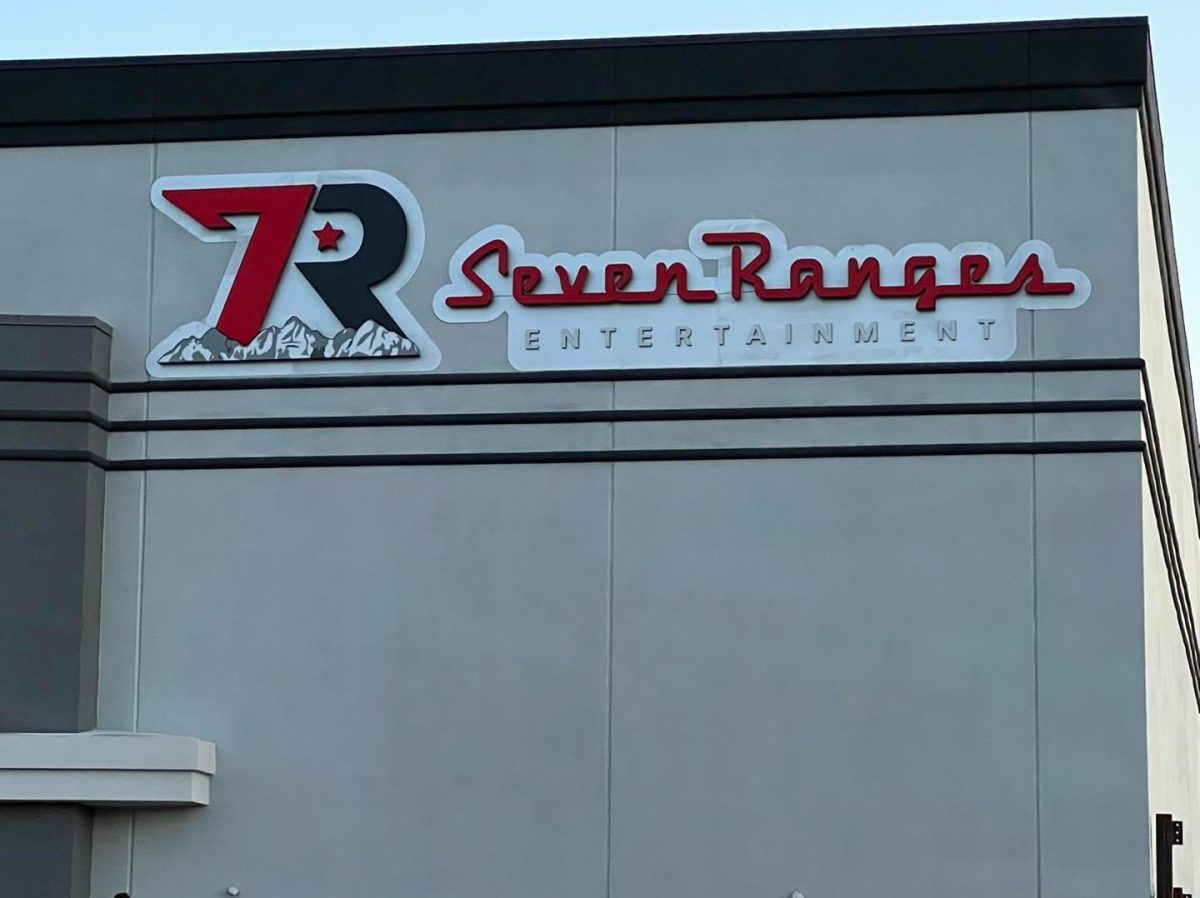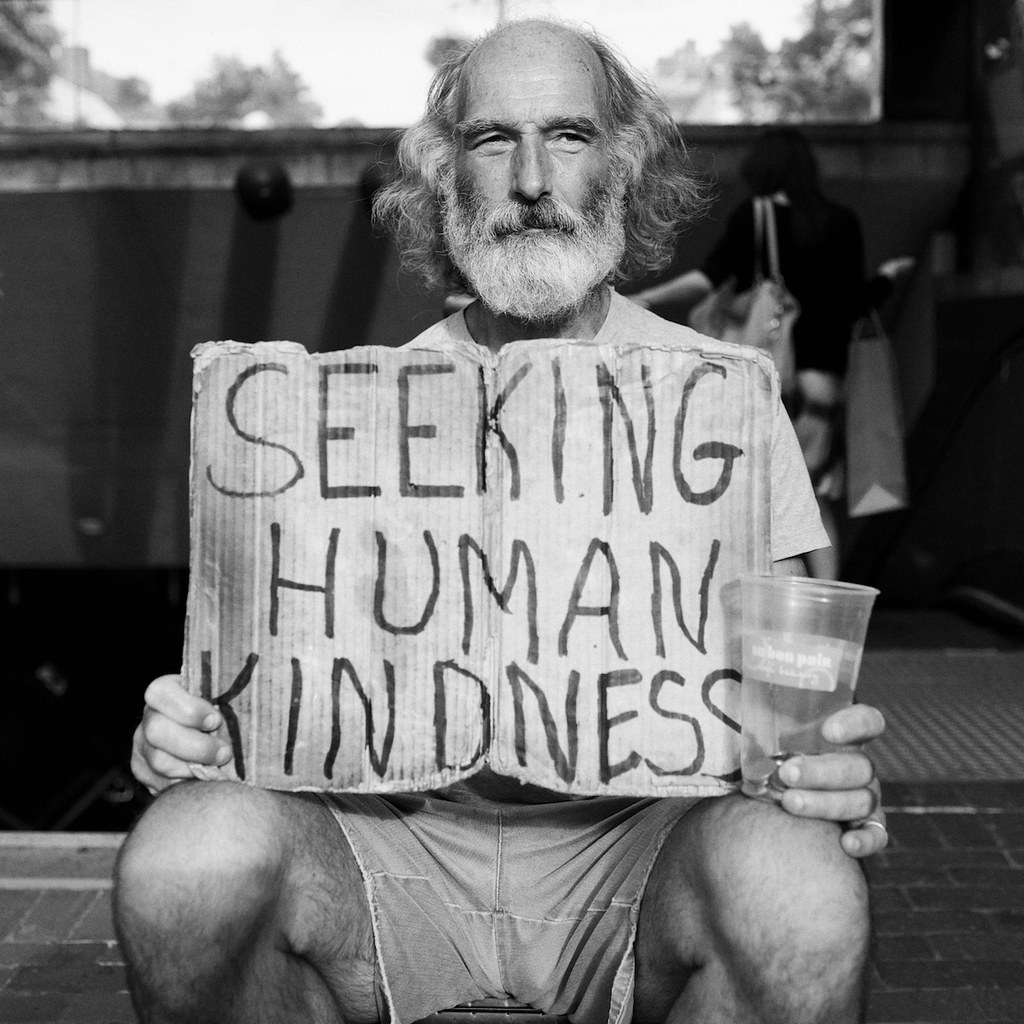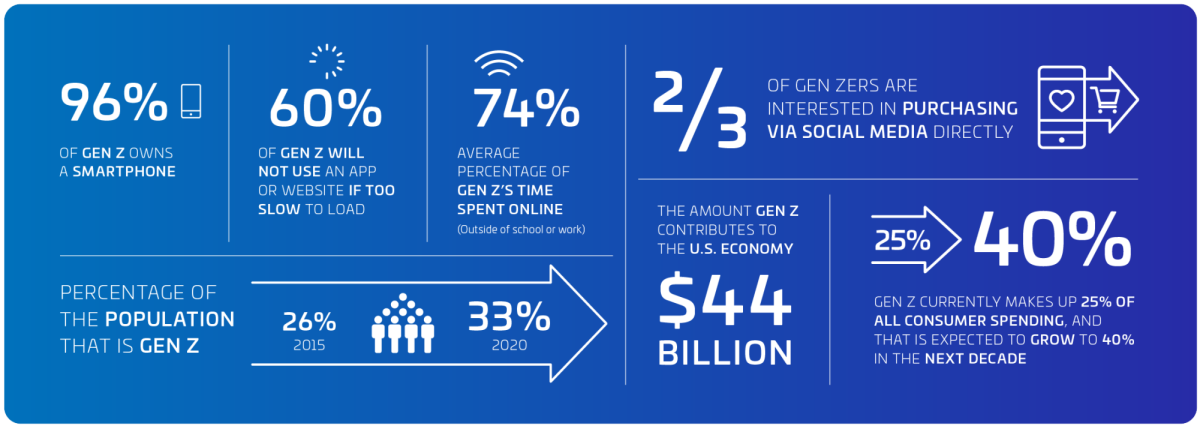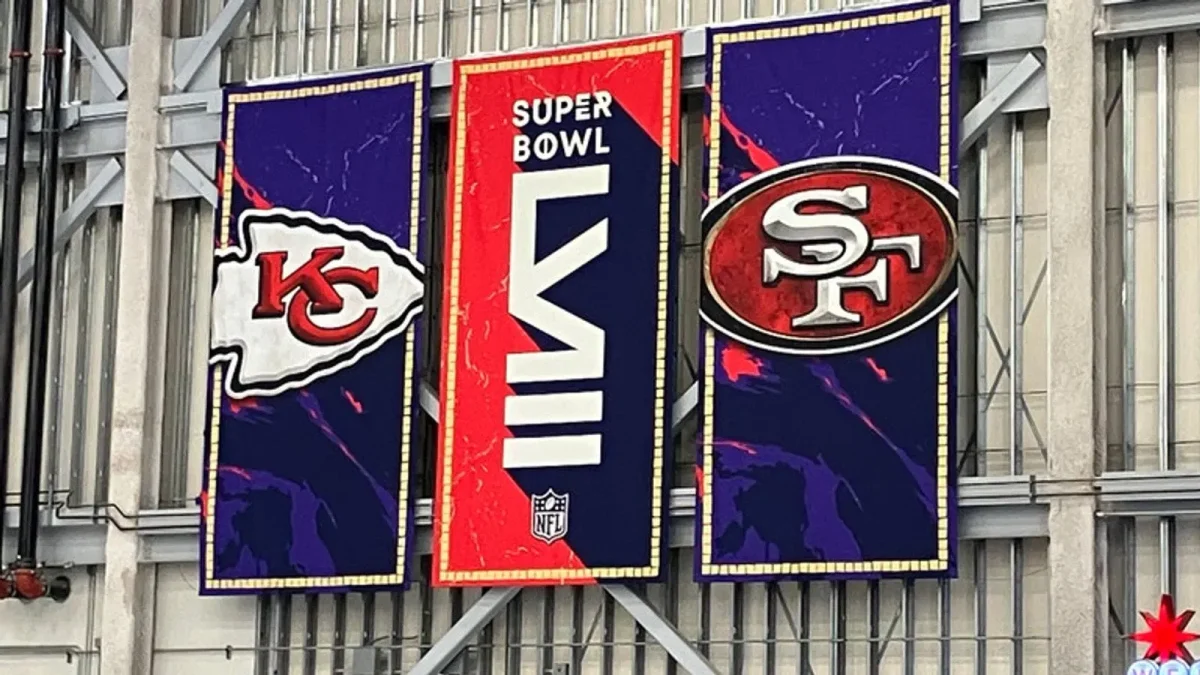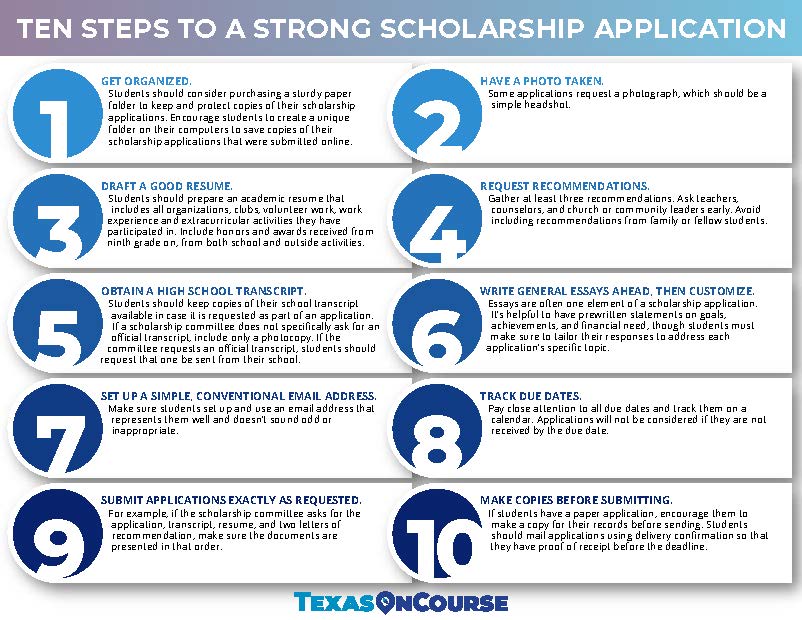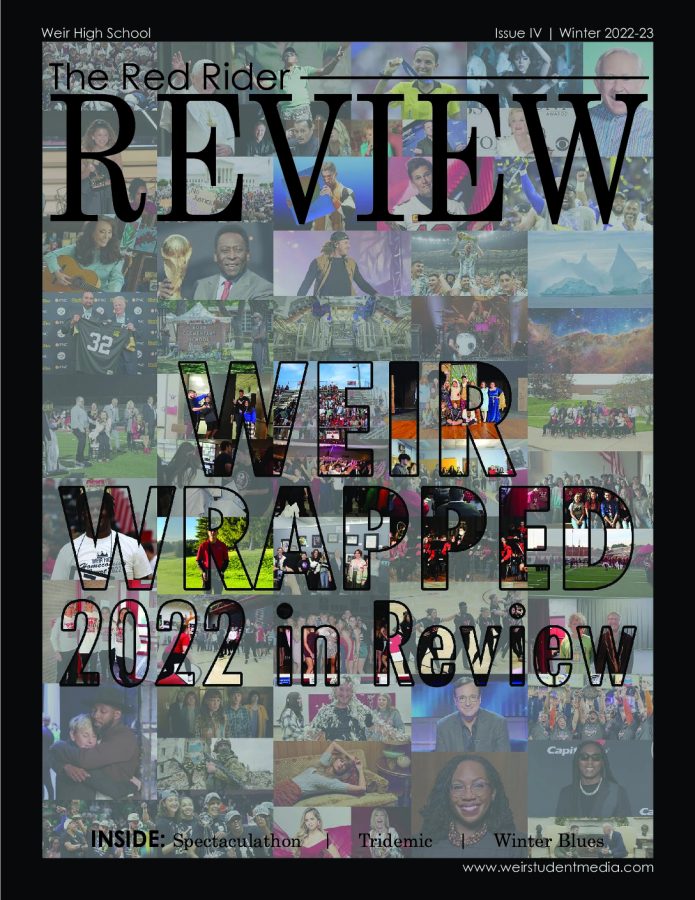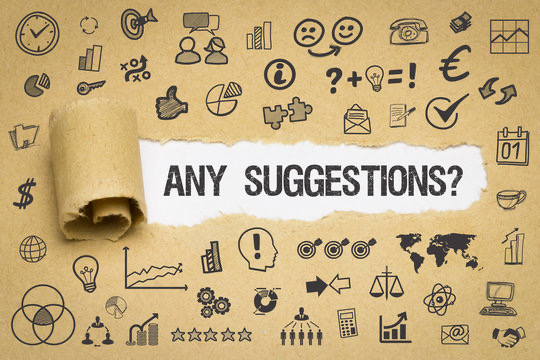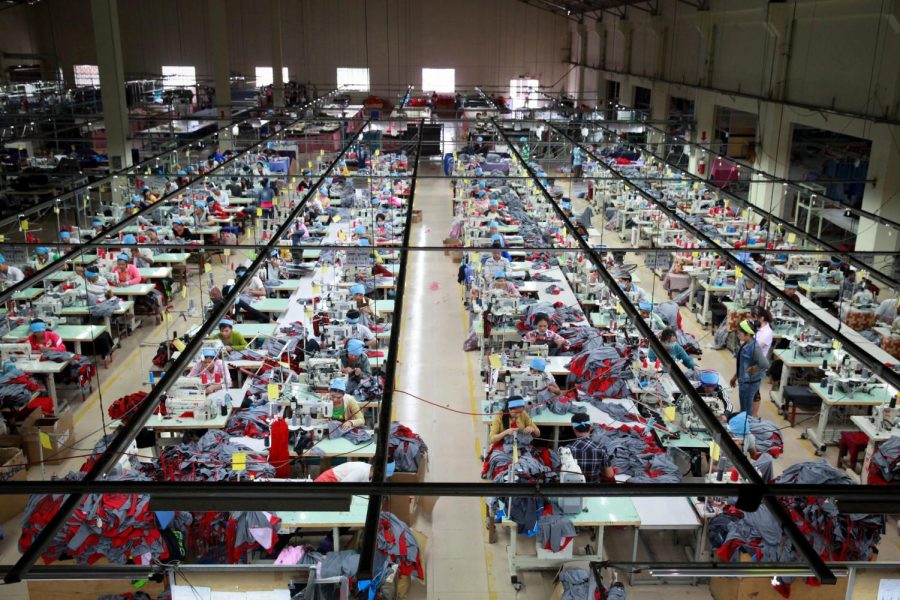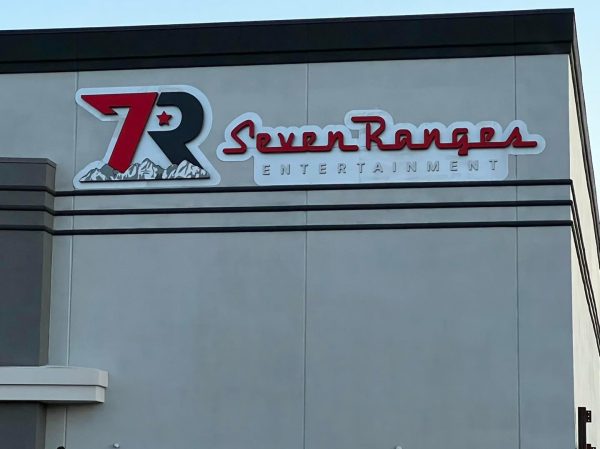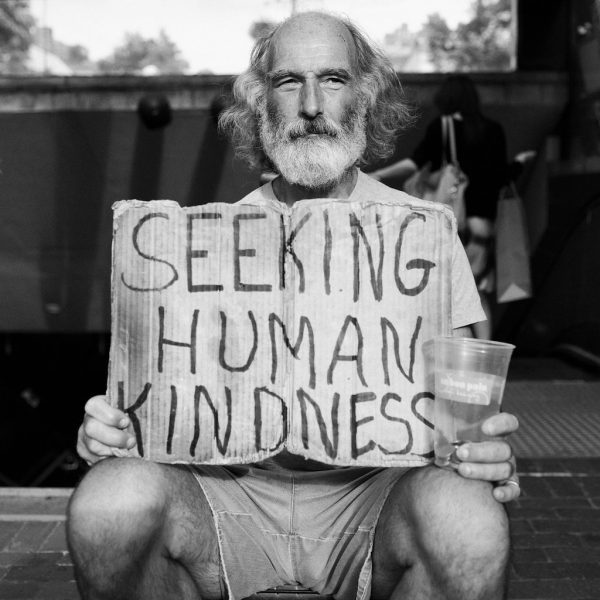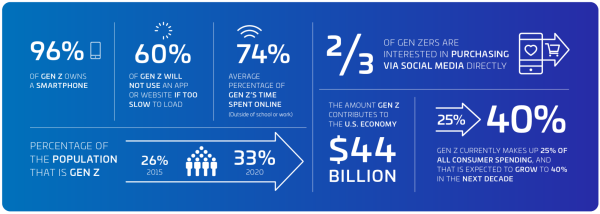Low Costs, High Prices
The negative effects of fast fashion and how to combat them
Workers mass produce clothing at a factory in Cambodia. The business is part of the Better Factories Cambodia, an International Labour Organization initiative, which aims to improve working conditions in export garment factories. (Photo: Creative Commons – ILO Asia-Pacific)
May 12, 2023
Circulation of anti-fast fashion content sparks a mixed debate between fashion influencers on social media, environmentalists, and consumers regarding what can be done to limit the problems associated with quickly produced clothing.
“These brands have accelerated clothing production. While promoting excessive buying and instant gratification to consumers, they have created a throw away culture,” spokesperson for Extinction Rebellion, a global environmental movement, Rosaria Burchielli said.
The rise of mass information regarding overconsumption on social media gives the public an opportunity to better their shopping habits, but is it really realistic for young consumers to shop sustainably?
While it can be difficult based on lack of education and convenience, shopping ethically is possible for the average high schooler, which solves numerous environmental and ethical challenges.
Fast fashion uses cheap materials and inhumane practices to maintain the mass production of goods for a low price, introducing a load of environmental and ethical dilemmas.
Family and consumer science teacher Emily Hores mentioned how the fashion cycle relates to the growth in which brands produce clothing.
“They revisit the trends, re-tweak them, and sell them.” For instance, the CEO of Shein, the world’s most popular fashion company according to Time Magazine, Molly Miao revealed that the company releases around 700-1,000 new items a day according to euronews.com. This leads to overconsumption.
Science teacher Jason Bennett stated, “The more and more we consume, the less we will have. Animals are losing their natural habitats, deforestation, more CO2 in the atmosphere, and even more Global Warming just to name a few [problems].”
Unlike ethical resources like Reformation or Patagonia who are sure to provide and promote sustainable products, fast fashion corporations will reduce the production price and time in order to create a higher profit by using cheap materials in the products. Wearing apparel from these companies subjects you to the harmful chemicals within the fabrics.
Bennett added, “Long term use of wearing clothes with harmful chemicals can affect your health and could cause multiple health issues including, but not limited to, cancer, developmental issues, and skin irritation.”
Not only this, but the factories themselves require lower-quality working conditions when selling materials for such a low price. Companies such as Forever 21, Adidas, Nike, and H&M have been proven to use sweatshops to manufacture goods.
Workers in some of these businesses endure modern slavery, child labor, long hours, low wages, sanitation issues, physical/sexual abuse, and hold little to no rights according to panaprium.com, an online resource that provides a wide variety of information about ethical shopping.
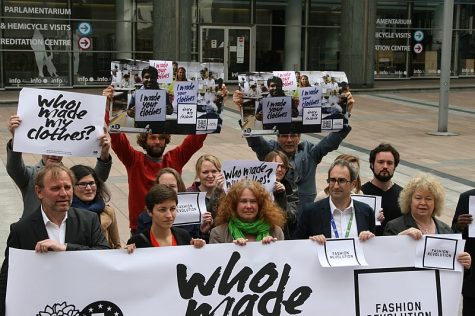
If fast fashion is so detrimental, why do people, especially young consumers, continue to contribute to the industry? One factor is that there aren’t many affordable options that have inclusive sizing, follow trends, or rise to popularity the way Shein and other fast fashion brands do.
Senior Breonna Parsons said, “I choose not to shop at some stores due to not being able to find correct sizing for petite young adults. I also choose not to always ball out when going shopping, so I steer more towards Gabes, TJ Maxx, etc. because they have name-brand pieces for cheaper!”
Privilege is a huge factor in consumerism. The average price for Shein products is $7.50. Reformation’s clothing tends to run from $80-$330. Eco-conscious shopping requires money that the average consumer does not have. Statista.com, an online statistics website outlines how only 19.4% of teenagers aged 16-19 have jobs.
Senior Elizabeth Rhodes stated, “Limited access to shopping ethically is a systemic problem that big brands need to address. I think consumers should not be blamed for poor shopping choices due to the higher prices and inaccessibility.”
While large corporations are responsible in taking accountability for their harmful actions, shopping ethically helps boycott the industry, causing these companies to make less money, giving them less power. Combating an entire field of business requires time and money that the average young consumer does not have.
The existence of multimillion companies with corrupt practices is inevitable in our current economic system as proved with capitalism leaving opportunities for cheap labor through private enterprises; although, saving our resources that are damaged from these practices is attainable.
Education is a top priority for fighting against fast fashion as most high school students aren’t aware of where to begin.
Freshman Hannah Dorsey admitted, “I don’t really know what places are ethical and what places aren’t.”
To help educate students, Hores provided inexpensive ways to shop renewably such as revamping what you own, thrifting, sharing clothes with friends, learning to sew, and renting clothes. In terms of sustainable brands, finding cheap clothes is difficult; however, investing in pieces is, in the long run, cheaper than buying fast fashion.
Rhodes added, “Brands like Aritzia and Lululemon promote slow fashion by selling high quality basics that last years.”
Levi’s, Reformation, Beyond Retro, Patagonia, and most small businesses offer ethical options as well.
Today’s fashion system is a reflection of the past’s increase in product standardization from World War II according to fashionista.com, a fashion news source.
By adopting new ways of consumerism, it is possible to change the fashion industry into an overall ethical enterprise, saving our environment and people’s lives worldwide.






